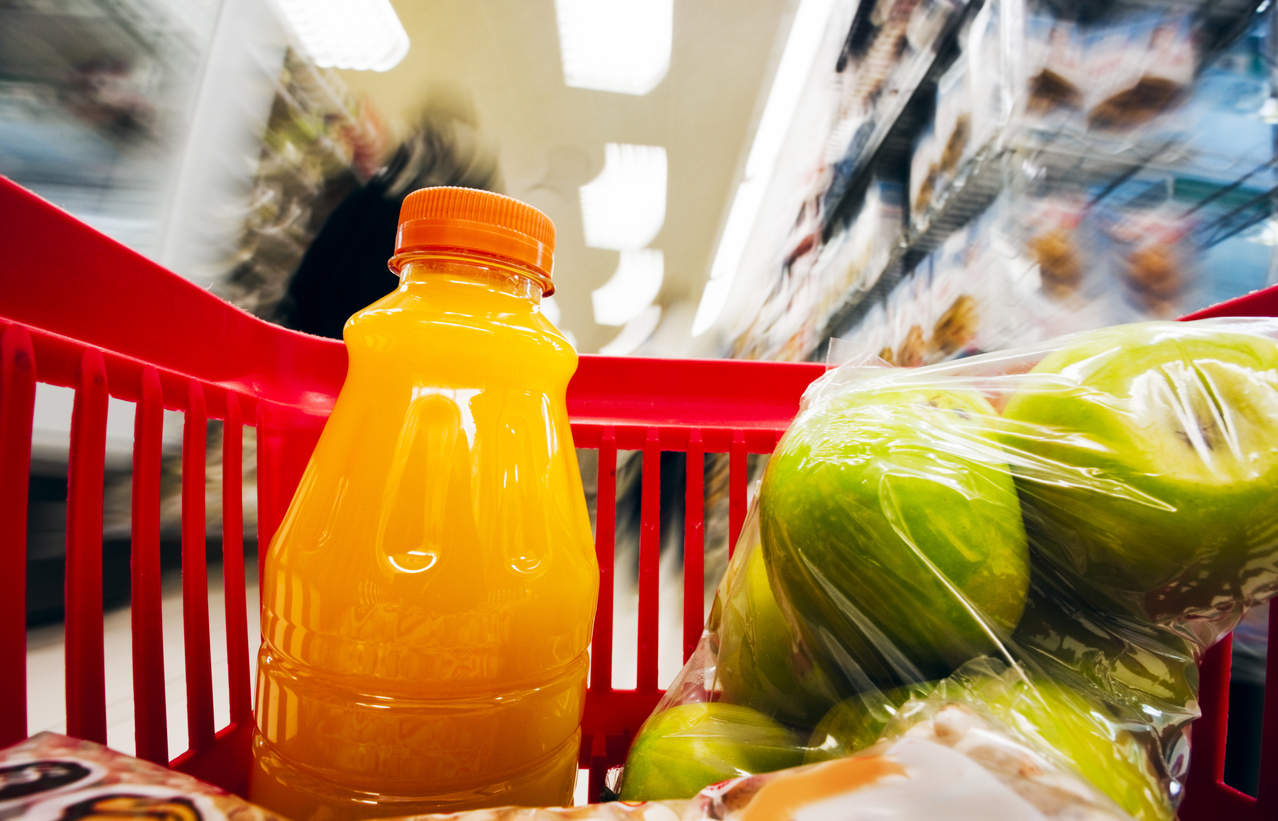Food Safety: Preserving Quality with Food-Grade Solutions and Planning

Transporting food and grocery products requires precision, visibility, and strict delivery parameters. For food shippers, keeping food safe and in its optimal quality starts with the decisions you make up front, from selecting the right mode to partnering with experienced experts.
Temperature-controlled shipping and warehousing presents the most obvious option for preventing spoilage. Year-round temperature-controlled shipping can handle goods between 55-65°F. Similar modes, such as Refrigerated Consolidation, can move products at an even colder temperature of 33-39°F. In addition to utilizing these important solutions, following best practices for maintaining food safety in the supply chain adds an extra layer of safety assurance.
Here are a few considerations for managing food-grade shipments:
- Evaluate the Right Transportation Mode – Select which mode aligns with your delivery and freshness requirements, including Must Arrive By Date (MABD) and Required Arrival Date (RAD) commitments. A trusted logistics partner can help match your freight with the most effective solution. For instance, Echo offers EchoChill, a refrigerated consolidation service, to leverage unmatched chilled shipping capacity.
- Choose Vetted Carriers with Proven Reliability – Partner with carriers whose vehicles are regularly inspected and roadworthy to avoid costly delays. Look for vetted providers with a credible history of quality maintenance and performance. You can also look to a trusted logistics partner to match your freight with carriers that have proven track records.
- Insist on Food-Safe, Compliant Equipment – Protect food integrity by requiring equipment that is regularly cleaned, inspected, and properly maintained. Identifying FSMA-compliant, FDA-certified providers that follow strict standards and help you recognize signs of contamination or improper equipment maintenance is best done with the support of a trusted logistics provider.
- Separate Different Products to Uphold Quality – Prevent cross-contamination and damage by shipping certain products, such as raw foods and ready-to-eat items, separately. Utilizing logistics experts with food-grade experience can help you identify which items should not be shipped together.
- Use Specially Designed Temperature-Controlled Tools to Preserve Quality – Rely on temperature-controlled equipment and insulated cargo blankets to keep products at the perfect temperature. Confirm with providers how they monitor and apply these tools.
- Consolidate Shipments to Move Similar Products More Efficiently – Combining similar food products through refrigerated consolidation can help cut costs and get products to their final destination much quicker than traditional Truckload.
- Create Contingency Plans and Optimize Routes – Plan ahead with tracking tools and route optimization to minimize the impact of unexpected delays which could damage the integrity of perishable goods. By identifying the fastest and most reliable routes before shipping, you can help safeguard product integrity.
- Leverage Automation and Technology for Full Shipment Visibility – Use shipment tracking and data tools to monitor temperature, location, and timing throughout the journey. Full visibility allows you to take action quickly before product quality is compromised.
Follow these guidelines to reduce risk, maintain food safety, and protect product quality through every stage of the shipping process. With the right technology to keep you informed and a food-grade provider by your side, transporting food and grocery products doesn’t have to be a challenge. Providers such as Roadtex, an Echo company, exist to help you meet these challenges head-on.
Explore Echo’s food-grade shipping solutions: Temperature-Controlled LTL | Echo Global Logistics.
For informational purposes.